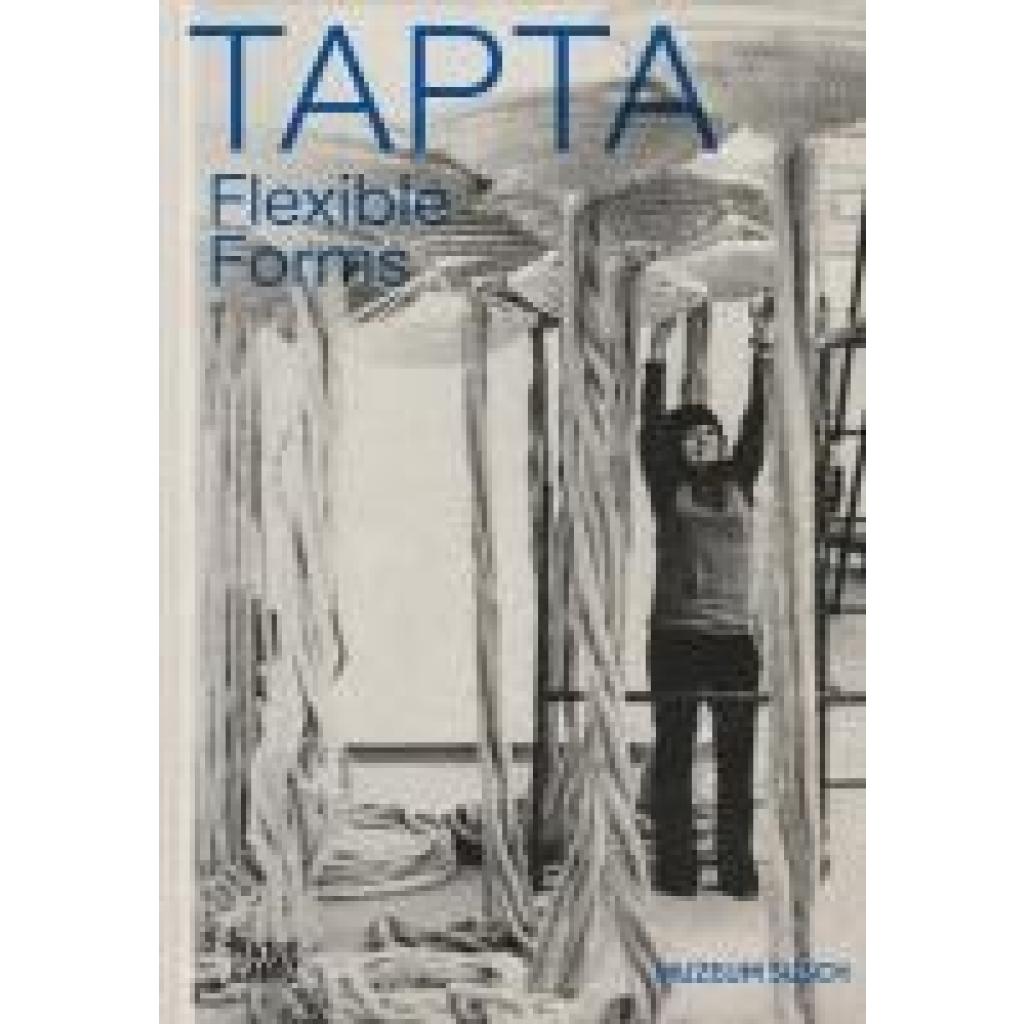This book is a comprehensive tribute to the Polish-Belgian artist Tapta (Maria
Wierusz-Kowalska). Her work transcends traditional artistic boundaries captivating audiences
with her innovative exploration of fluid spaces and dynamic interactions. Her work an
important contribution to twentieth century sculpture is essentially divided into two major
sections: the textile works of the 1960s to 1980s and the subsequent neoprene works of the last
years of her life. Her practice moved away from traditional weaving through experimental
techniques and evolved into three-dimensional works-first made of cords then of neoprene
sheets-that interacted with the space and the viewer. TAPTA (*1926-1997) was born in Poland
and came to Belgium as a political refugee with her husband Krzysztof Wierusz-Kowalski after
taking part in the Warsaw Uprising of 1944. She studied weaving at the La Cambre National
School of Visual Arts Brussels from where she graduated in 1949. Shortly afterwards the
couple moved to the Belgian Congo (now Democratic Republic of the Congo) where they lived from
1950 to 1960. On their return to Belgium in 1960 until her sudden death in 1997 she worked in
Brussels as an artist and-from 1976 until 1990-as a professor at La Cambre.



